Latest News
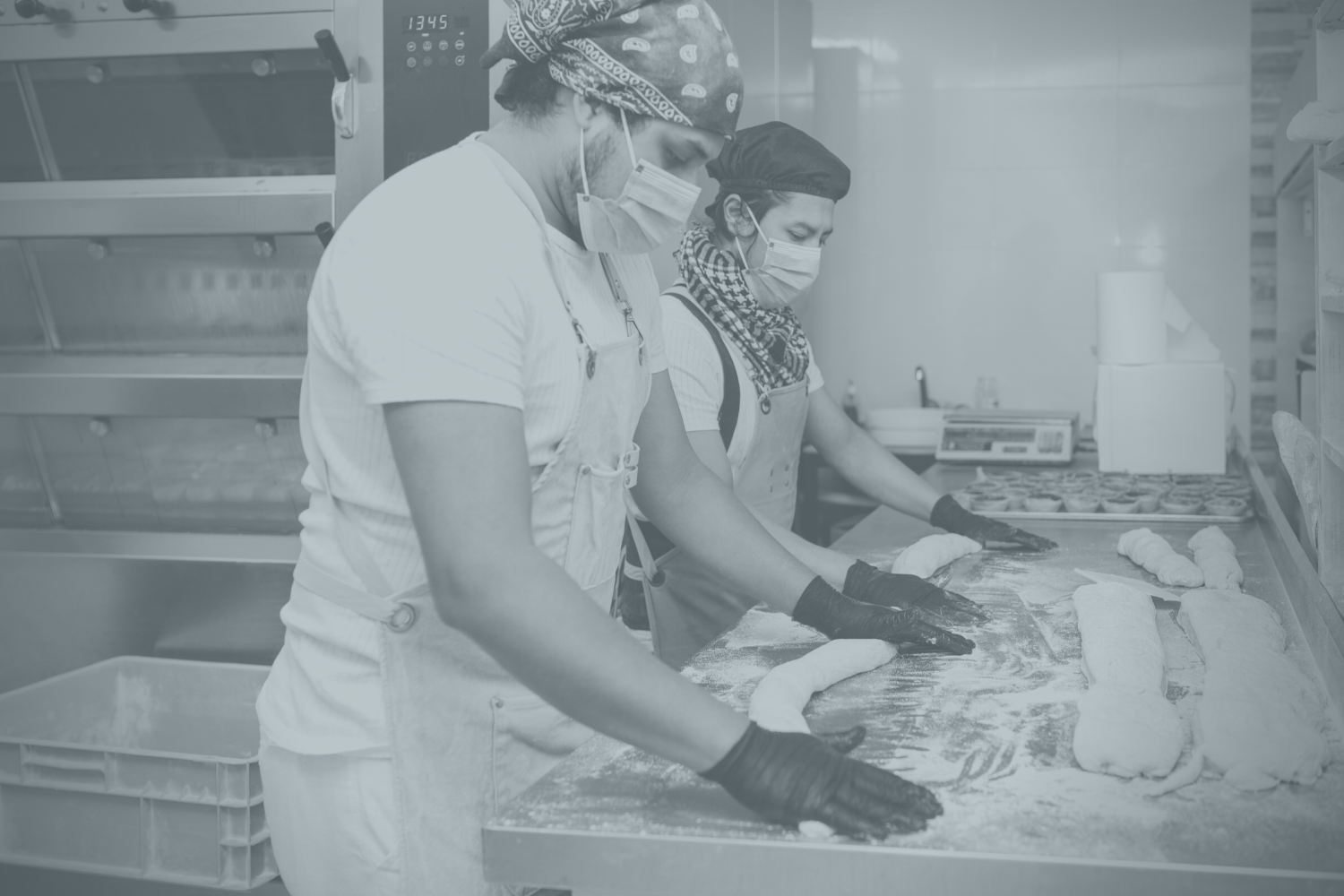
Effective, Convenient, and Affordable Training for Baking Companies

Establish Baking Manufacturing Experts with These Specialized Training Courses
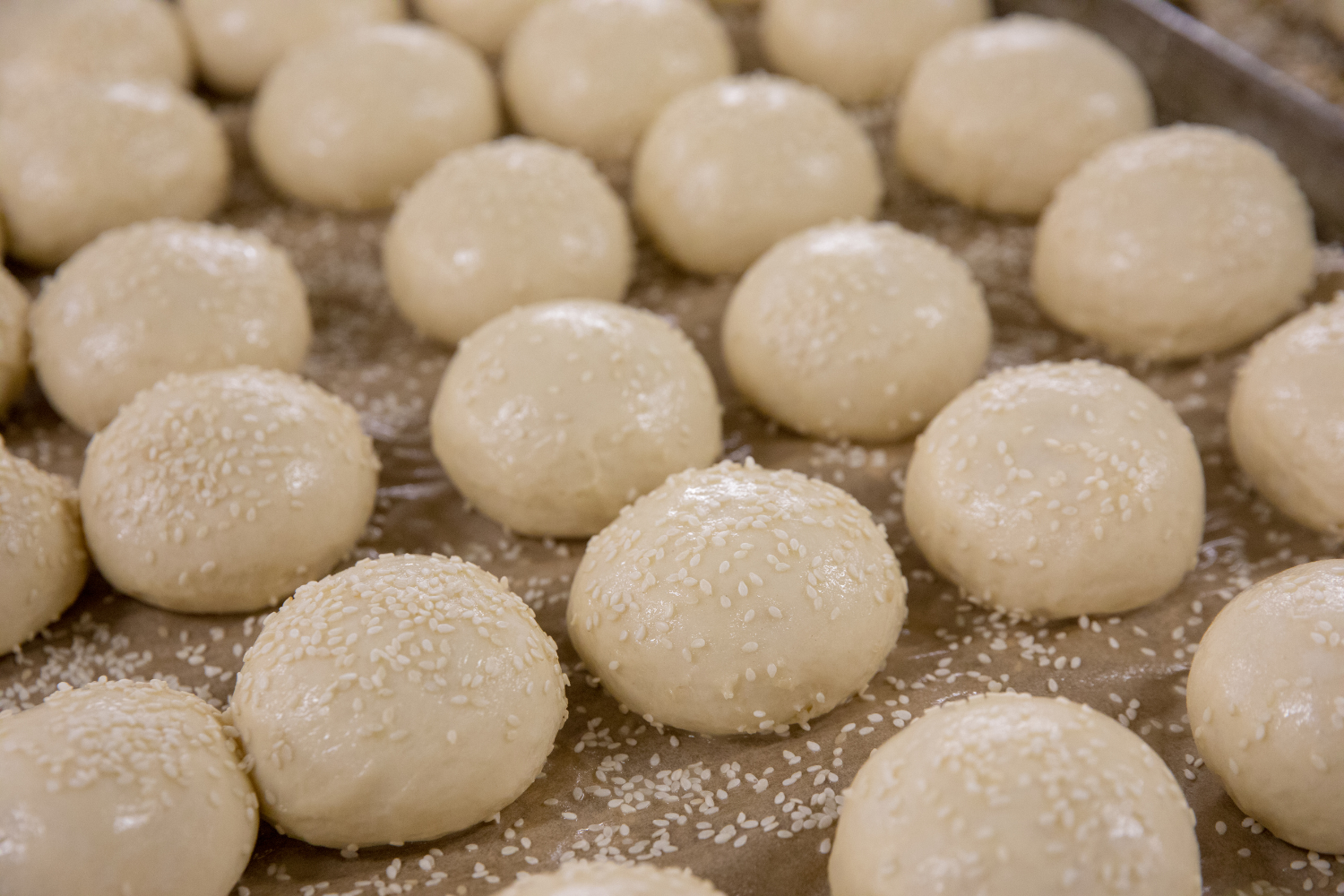
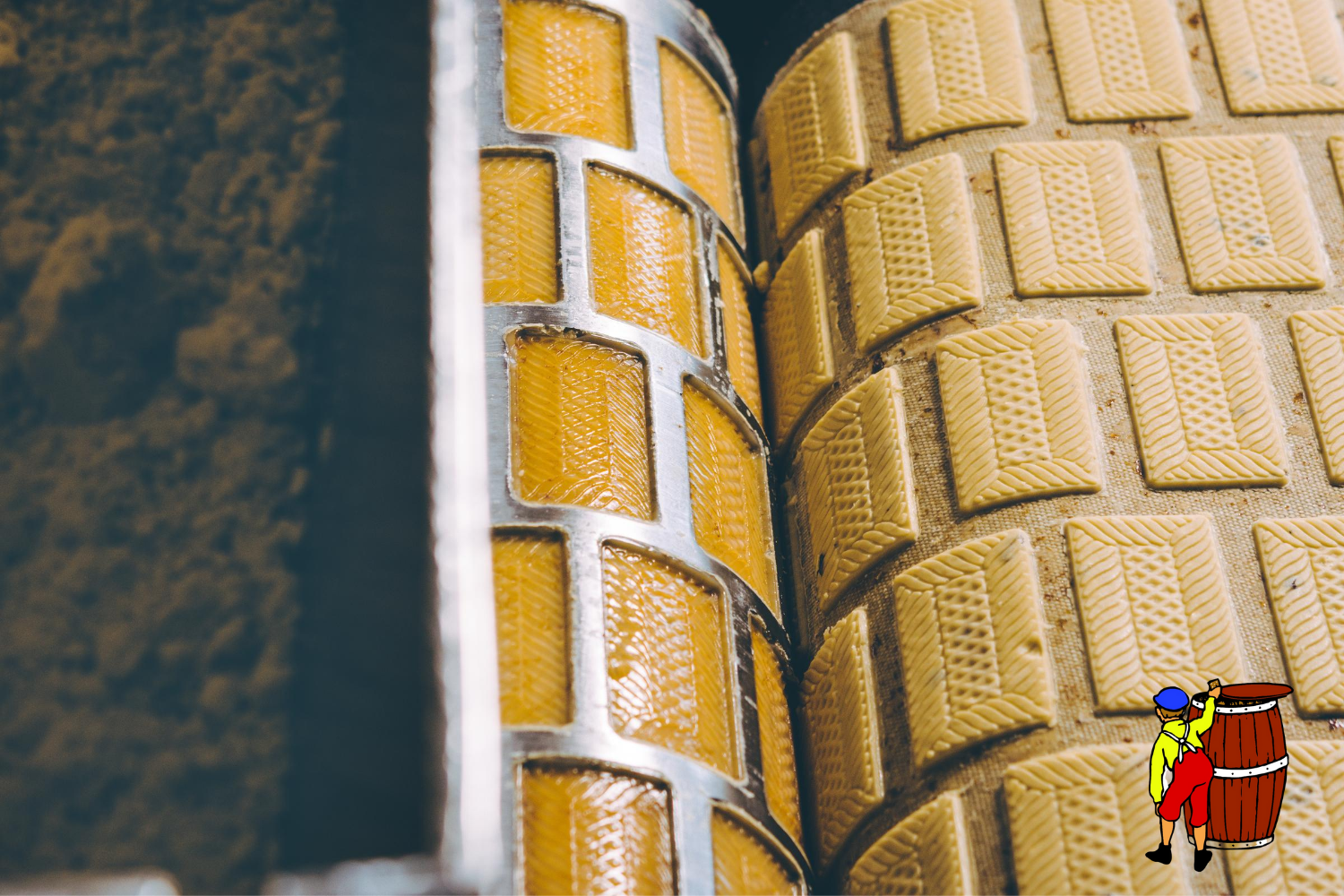
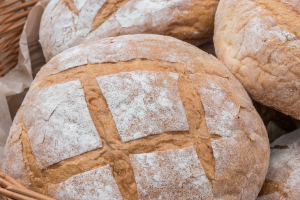
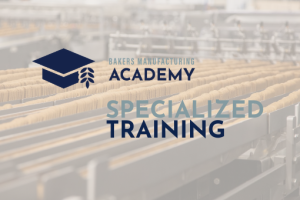
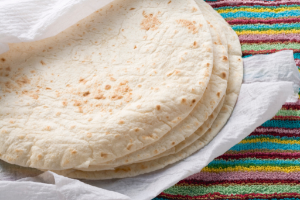
This course covers the unique process variations for hamburger/hotdog bun production and includes acceptable benchmark ranges variations regarding formulations, product characteristics, and processing conditions needed. This course module covers the following chapters: mixing, dividing, rounding, proofing, moulding, topping, baking, cooling, and packaging.
Course objectives: At the highest level, upon completion of the buns and rolls course, you will be able to:
The Hamburger/Hotdogs Buns Course is available courtesy of Lallemand.
The Variety Hearth Breads online course focuses on unique product characteristics, ingredients, and processing variations used in the production of wheat, whole wheat, multigrain, rye, and raisin breads. For each variety, acceptable ranges of production settings are explained. Key characteristics and terminology is defined in the specialty grain ingredients module. The course is comprised of two (2) modules. The first module explores hearth breads and the second explains sourdough breads.
Course objectives:
At the highest level, upon completion of the Variety Hearth Breads Online course you will be able to:
The Variety Hearth Breads Course is available courtesy of AIB.
The Tortillas Online course focuses on unique product characteristics, ingredients, and processing variations used in the production of flour and corn tortillas. Acceptable ranges of production settings will be discussed, as well as characteristics of a “good” finished product. The course is comprised of two (2) modules. The first module explores flour tortillas and the second explains corn tortillas.
Course objectives:
At the highest level, upon completion of the Tortillas Online course, you will be able to:
Course Completion time: 3 hours total, up to six weeks to finish.
The Tortillas Course is available courtesy of AIB.
Click here to download the Sheeting and Laminating one-page flyer.
Click here to download the Sheeting and Laminating Lesson informational packet.
ABA's Bakers Manufacturing Academy's Sheeting and Laminating Lesson will teach operators about every stage of production from dough forming processes, ingredient functionality, mixing functions, and mechanical methods for laminating procedures to pre- and post-baking operations.
Upon completion of the lesson, employees of cookie and cracker manufacturers and/or their vendors will deepen their knowledge and skillset on sheeted products and their applications.
Each chapter covers essential sheeting production elements or stages in the areas of:
Sheeting and Laminating Lesson Course Content
Chapter 1: Overview
Chapter 2: Process
Chapter 3: Ingredients
Chapter 4: Mixing
Chapter 5: Equipment
Chapter 6: Baking
Chapter 7: Cooling, Delivery, and Packaging
Upon successful completion of this lesson, employees will be able to:
The Sheeting and Laminating Lesson is approved for Kansas State University CEU Credit
Sheeting and Laminating course content, videos, and images have been reviewed and approved on January 1, 2021, by a Kansas State University (KSU) Bakery Science and Management Program faculty.
The primary purpose of continuing education hours is to provide a permanent record of educational activities for professionals needing contact hours for licensure or accrediting requirements. CEU stands for Continuing Education Unit.
By taking and completing the Specialized Course - Sheeting and Laminating Lesson, you will earn 0.5 CEU credit equal to 5 hours of participation in an approved program.
How to receive CEU Credit:
Generous Support from Our Sponsors
The Rotary Cookies tutorial is a 2 hour e‐learning program that teaches the correct procedures and steps required to produce a proper Rotary product.
This program is intended for individuals on the line responsible for producing Rotary cookies. It’s also useful for those who want to gain insight into a process normally learned over time through experience.
Upon completion of the Course, employees will have learned to:
The Sandwiching tutorial is a 3-hour e-learning program that teaches the correct procedures and steps required to produce a proper Sandwiched product.
This program is intended for individuals responsible for producing Sandwich products. It’s also useful for those who want to gain insight into a process normally learned over time through experience.
Upon completion of the course, you will have learned to:
The Wire Cut Cookie tutorial is a 2 hour e-learning program that teaches the correct procedures and steps required to produce a proper wire cut product.
This program is intended for individuals responsible for producing wire cut cookies. It’s also useful for those who want to gain insight into a process normally learned over time through experience.
Upon completion of the course, employees will have learned to:
Course Enrollment Information
The flexibility of the Bakers Manufacturing Academy allows entire corporations to individual facilities determine which programs work best for their employee training goals.
STEP 1
Before an individual facility can begin enrolling employees into entry-level or specialized training programs, companies must fill out a Facility Enrollment Form. Each plant within a company must fill out the form.
If a company is integrating the Bakers Manufacturing Academy into its training programs enterprise-wide, please contact Academy Staff.
STEP 2
Within one business day, staff from the Bakers Manufacturing Academy will set up a company and facility profile within the Academy portal. All administrators will be contacted once their facility profile is enabled.
STEP 3
Once the facility profile is activated, plant administrators will receive instructions and may begin enrolling employees. Staff from the Bakers Manufacturing Academy will be available to offer customer support every step of the way.
The baking industry is one of the strongest communities in the food manufacturing sector. Upon completion of any Bakers Manufacturing Academy program, graduates are encouraged to connect on the exclusive LinkedIn alumni group.
Sheeting and Laminating course content, videos, and images have been reviewed and approved on January 1, 2021, by a Kansas State University (KSU) Bakery Science and Management Program faculty.
The primary purpose of continuing education hours is to provide a permanent record of educational activities for professionals needing contact hours for licensure or accrediting requirements. CEU stands for Continuing Education Unit.
By taking and completing the Specialized Course - Sheeting and Laminating Lesson, you will earn 0.5 CEU credit equal to 5 hours of participation in an approved program.
How to receive CEU Credit:


